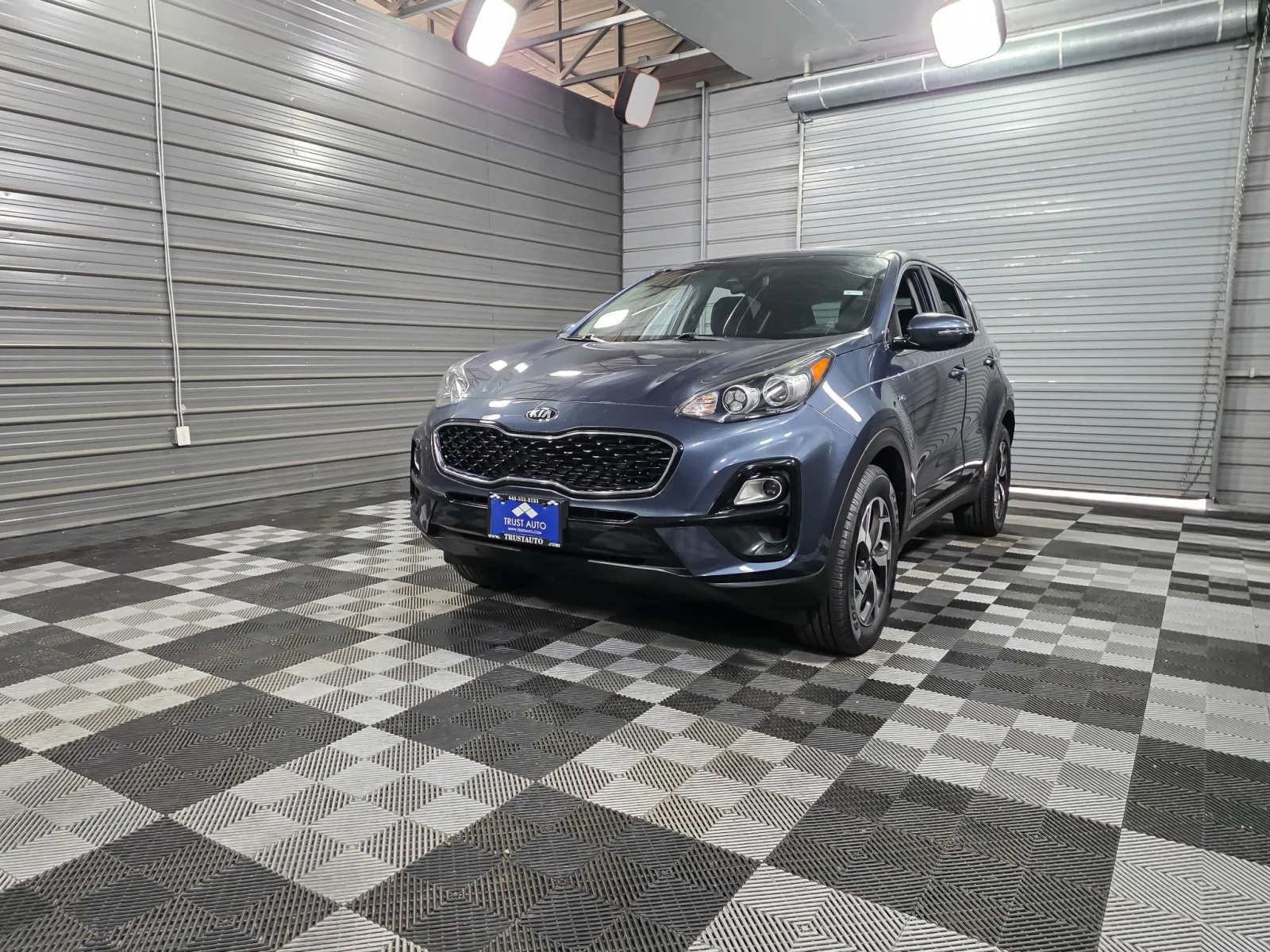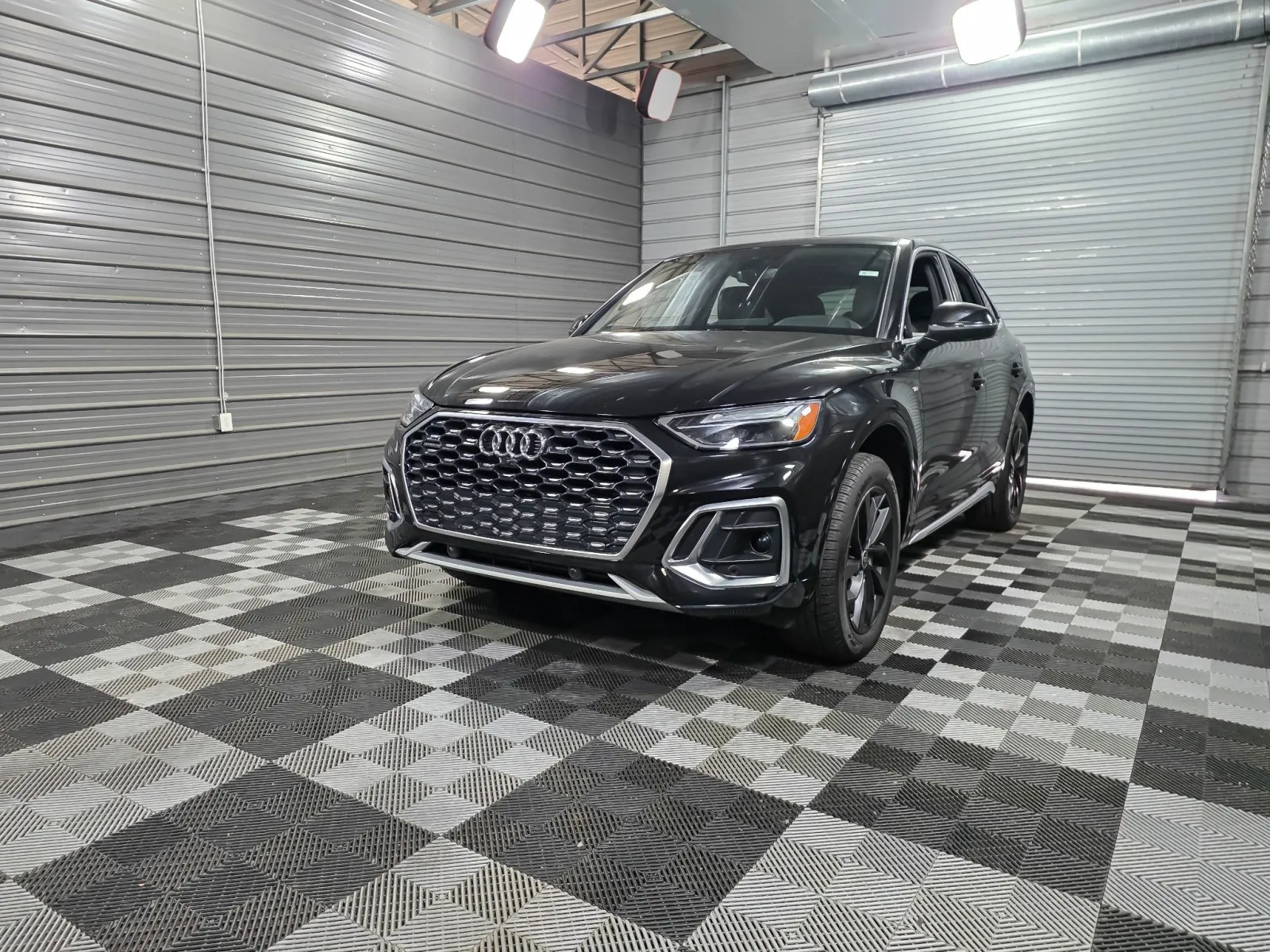How The 1957 BMW 507 Became A $5 Million Car

How The 1957 BMW 507 Became A $5 Million Car
German carmakers have a long history of playing leapfrog with each other. When one brand carves out a new vehicle segment, it’s likely to be followed by a similar vehicle from a Teutonic rival. A modern instance is BMW’s X6 that turned a boxy SUV into a fastback looker. Now Mercedes-Benz has the GLE Coupe, and Audi offers the Q5 Sportback. But this game of one-upmanship goes back even further. Let’s uncover the story behind the iconic BMW 507 and how it almost put the Munich automaker out of business.
Origins of the BMW 507 Begin with the Mercedes-Benz 300SL
A decade after World War II, German car companies were getting back on their feet. These efforts were highlighted by the Mercedes-Benz 300SL roadster. First appearing in 1954 as a soft top (the legendary gullwing version debuted for the 1957 model year), the SL quickly gained fame for its drop-dead gorgeous looks and status as the fastest production car of its day. A downside was the SL convertible’s price tag of $111,000 in today’s money.
The SL came about through the encouragement of Max Hoffman, a U.S.-based importer of German cars, who had correctly surmised that Americans would eagerly buy premium German cars. Interestingly, Hoffman reached out to BMW with a similar concept: an elegant and upscale sports car. But, unlike the SL’s top-tier positioning, Hoffman suggested something that would slot in between the Benz and the low-end MG (British roadsters were also enjoying success here).
Thanks to the diligent efforts of designer Albrecht von Goertz and a team of BMW engineers, a prototype was displayed in 1955 at New York’s Waldorf-Astoria hotel. Production commenced a year later.
Hoffman had envisioned a highly stylized car that would sticker around $5,000 (about $51,000 today). But, production expenses caused prices to skyrocket. The 507 debuted in the U.S. at the equivalent of $92,000, and shortly later, it was repriced similar to the SL. Unsurprisingly, sales never materialized, and BMW suffered. Even with the stratospheric pricing, the company lost money on every 507 sold (BMW had planned to sell 5,000 annually, but only 252 in total were built).
Things were so bad for the automaker by the time 507 production ended in 1959 that it appeared BMW would be swallowed by Mercedes-Benz. But a last-minute investor cash infusion allowed the company to stay independent.
A Failure and Success Rolled Into One
From the business side of things, the 507 was an abysmal failure. However, remove these financial aspects, and the 507 becomes one of the most legendary automobiles ever built. Arguably, it’s the most striking of all BMWs. A flowing and elegant body stand in stark contrast to the design of more recent models. Plus, characteristics like BMW’s infamous “Bangle butt” (the bizarre raised trunk lip that was used on 5, 6, and 7 Series cars in the early 2000s) completely ignored the heritage established by the 507.
Beyond the car’s iconic design is a hand-crafted aluminum body, giving each 507 somewhat unique details. But it was this lack of mass production that caused BMW’s financial troubles. The technology of the day couldn’t efficiently produce these body panels. However, the chassis and some mechanicals were borrowed from the larger 503 2+2 grand tourer (another failure and another story). The 507 measures 172.4 inches in length and 65 inches in width (height stands at 49.5 inches). These dimensions and a 2,930 weight (light-for-the-era) made for joyful and precise handling.
Keeping American customers in mind, BMW produced its first V-8 for the 507. The overhead-valve 3.2 -liter V-8 offered 150 horsepower. In comparison, a 1956 Chevrolet Corvette had 225 horsepower for about a third of the 507’s price. Rounding out the 507 equipment roster was a four-speed ZF manual transmission, a double-wishbone suspension, and a front anti-roll bar. Most 507s left the factory in convertible form, but 11 units were graced with a removable hardtop.
Popular, for the Right Crowd
The 507 enjoyed popularity among those who could afford it and this frequently involved celebrities. Most notably, Elvis Presley became enamored with the car when stationed in Germany during his days with the U.S. Army. He purchased two 507s and later gave one to Ursula Andress, his co-star from the 1963 movie, Fun in Acapulco . Other well-known 507 buyers included entertainer Fred Astaire, Greece’s King Constantine II, and a passel of Formula One luminaries, including drivers Hans Stuck and John Surtees, and then CEO Bernie Ecclestone.
Jaw-Dropping Resale Prices
While the 507’s limited production didn’t help BMW back then, the roadster’s rarity would later boost resale values and the company’s reputation. Even decades after BMW canceled the car, the 507 would regularly be priced in the six-figure range. At the start of the 21st century, one could be picked up for $300,000 to $400,000. But as this first decade was ending, 507 pricing doubled. As the 2010s rolled around, 507 value crossed into the million-dollar territory and never looked back. Today, a pristine 507 that sells for under $2 million is considered a bargain.
The most notable example of a 507 auction is the $5 million hammer price for John Surtees’ 1957 one-owner example sold at a 2018 Bonham event. Undoubtedly helped by the car’s pedigree and rare factory upgrades (including a hardtop), this 507 still holds the world record for the most-expensive BMW bought at an auction.
The 507’s Legacy
BMW executives from the 1950s likely had many sleepless nights due to the 507 debacle. These well-intended efforts served as a lesson for the company and many other automakers. But, what BMW couldn’t realize at the time was that the 507 would serve as inspiration for future cars.
Thirty years later, the launch of the quirky Z1 would serve as the foundation for a successful line of Z Series roadsters that are still in production today. But wisely, BMW made sure these droptops could take advantage of mass-production efficiency. The 1996 debut of the Z3 embraced the fundamentals of the 507: crisp handling and respectable performance. Albeit, nothing will ever come close to the 507 in the looks department. Even the top-tier Z8 (built from 2000-2003) was boring in comparison. Likewise, the current Z4 Roadster isn’t overly distinctive, but it’s still a blast to drive, especially with the top down.
From Trust Auto…
While legendary vehicles like the BMW 507 are out of reach for most buyers, mainstream convertibles aren’t. At Trust Auto, we love these cars year-round (if you’ve never tried it, come by for a winter test drive with the top down and the heat blasting). Also, check out our great selection of used soft tops .
Curious about other classic cars? Then be sure to read through our blog for interesting stories such as The History of the Plymouth Barracuda and Why The 1971 Chevy Corvette LS6 Is So Special .











